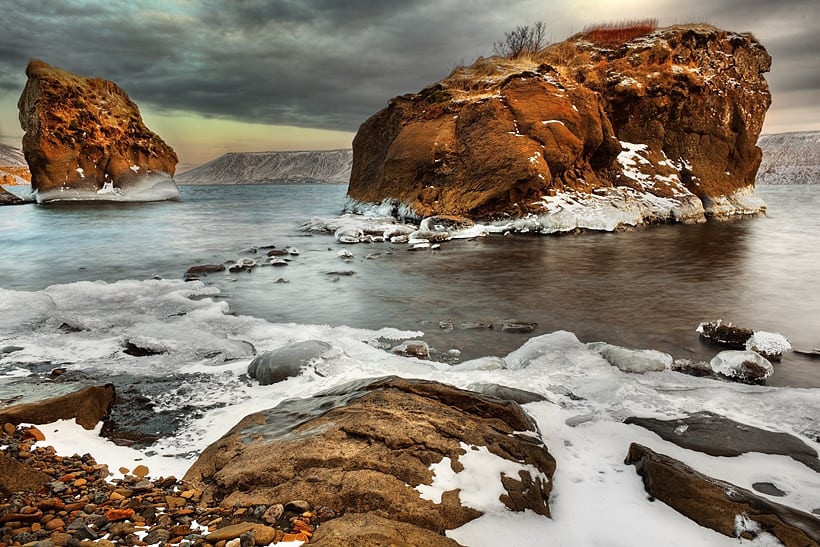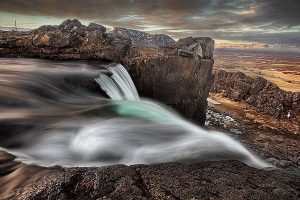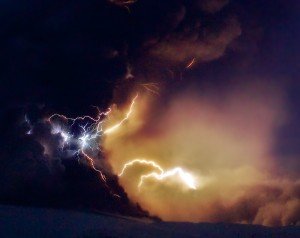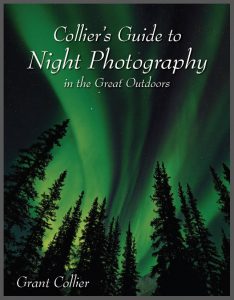Prime Lenses
Prime lenses are lenses with a fixed focal length. For example EF 24mm f/1.4 L is a prime lens. The focal length (24mm) cannot be adjusted and the optics are fine tuned for that focal length. On the other hand, Zoom lenses allow you to change the focal length. For example EF 16-35mm f/2.8 L is a zoom lens. Using a zoom lens is effectively cropping. Zooming in and out can help you compose with a tight frame, which can be important in composition.
How can fixed focal length possibly give a landscape photographer an advantage in terms of composition?
Many people come on an Iceland photo tour with a full range of focal lengths. These are usually spread over 3 zoom lenses; 14-24mm, 24-70mm and 70-200mm. They then ask me “What lenses do you have?” My response is invariably ’24mm prime’. After a few seconds of waiting for the rest of the list which never arrives, the conversation switches back to their lenses and the worthy justifications for them.
Private Northern Lights Tours
Are zoom lenses useless?
No doubt a range of focal lengths on your travels is a good idea. If you don’t know the terrain and subject matter, it is very wise to be able to cover all possibilities. After all people do get the shots they want with their full range of zoom lenses.
Composition Challenge
What possible advantage could a single 24mm prime lens have over a full range from 14mm-200mm? Some expensive Zoom lenses have a high enough quality to almost match primes. For me, the advantage is that the prime lens creates composition challenges. I like to shoot what I see and I feel that 24mm best represents my general field of vision. I like to arrange the elements in a scene to maximise its potential, but most of all I like the feeling of getting a prime lens into the right position.

Third dimension
Ansel Adams says that being a great photographer is just knowing where to stand.
At any scene there are 3 dimensions to be considered during the composition process. They are up-down, left-right and backwards-forwards. What I always see is the zoom photographer using their zooms to move backwards and forwards but not paying enough attention to the other dimensions. If they were using primes, they would be more likely to consider the up-down and left-right dimensions.

Three prime lenses
The photographs on Iceland Aurora were taken with these 3 prime lenses. 90% were taken with the Canon 24mm f/1.4 USM L Prime.
Panorama photos
I have to admit that some of my landscape images are panorama photographs with several frames stitched together. This is an option that is easily available to the modern Digital photographer. I would also argue that this can still be regarded as prime composition and different to zooming wide. Some images are cropped from their original composition. This is still prime composition. Often the crop decisions are aesthetic as in a 16:9 aspect ratio. Sometimes the crop is decided before I take the shot. It is still prime composition as opposed to zoom composition.
I am really going to stick my neck out here and suggest that it is impossible to compose properly without a prime lens. Apart from the standard rules of composition, getting the right focal length is one of the most important aspects of learning composition.




















